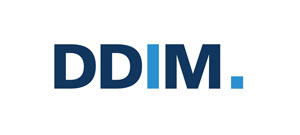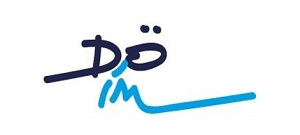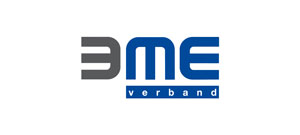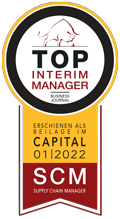

Richard Porstmann
How do I ensure continuous organizational development?
Reading time: 5 minutes
Table of contents
In today’s globalized world, where companies strive to meet customer needs, the ability to adapt to changes in the external environment is crucial. A company can be successful if it not only meets current customer requirements, but is also flexible enough to react to unforeseen events. Take, for example, the sudden interruption of the supply chain from China. Such events generally represent a considerable challenge in today’s world and require companies to ask themselves critically: Is our company really adapted to this new environment?
Ongoing organizational development plays a central role in this context. It’s not just about adapting to current circumstances, but also about proactively looking for solutions to overcome potential stumbling blocks. In this article, we take a look at two powerful tools, the Turtle Diagram and Porter’s Five Forces model, that can help companies optimize their processes while preparing for an ever-changing business world.
The turtle diagram: A look at internal processes
The Turtle Diagram is a tool for visualizing and improving processes. Here’s how an interim manager can use it:
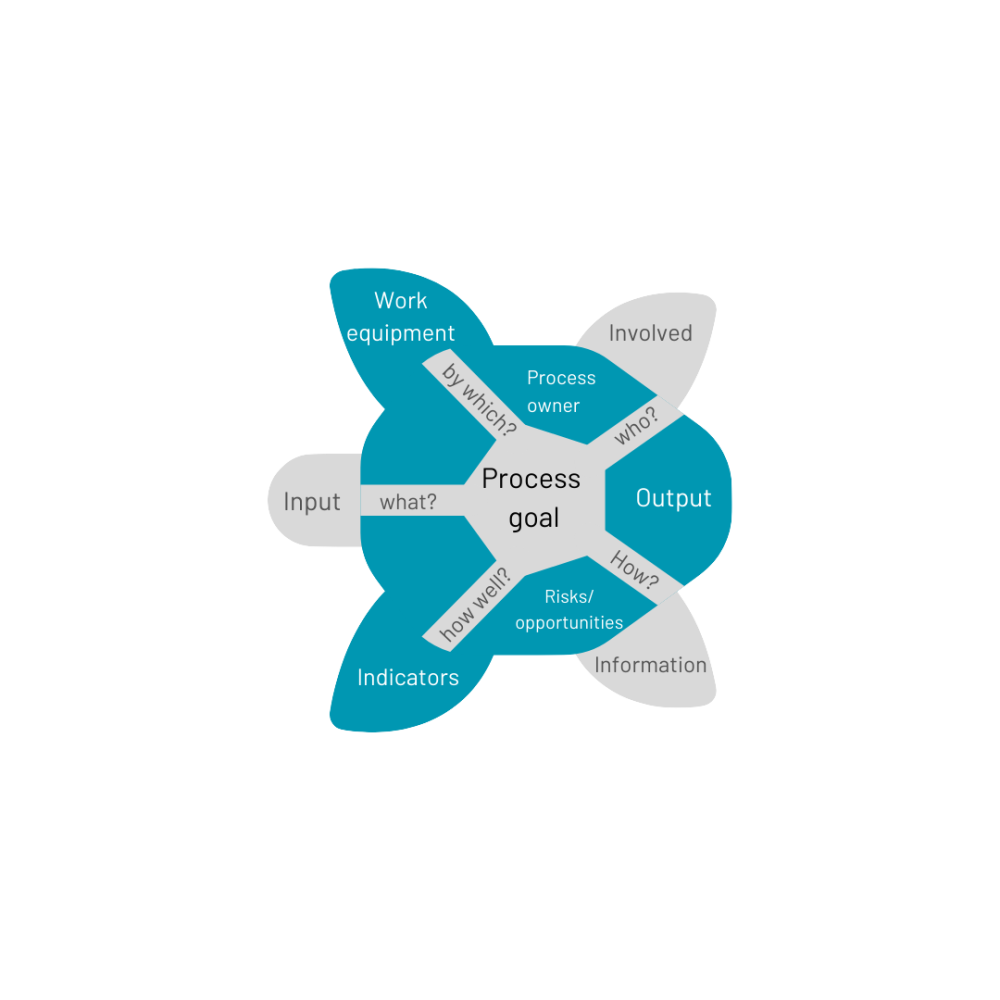
Promoting continuous improvement
The manager can launch continuous improvement initiatives together with the employees in order to optimize the processes. The Turtle Diagram serves as a reference point to track progress and ensure that the desired improvements are achieved.
Training and development
The diagram also helps when training new employees, as it provides a clear representation of the process steps and thus the basis for a qualification matrix. From this, training materials can be developed to ensure that all team members understand the processes and can work efficiently.
Process optimization
The manager can analyze the existing company processes in detail using the Turtle Diagram. This helps to identify weaknesses and bottlenecks that could affect efficiency and quality.
Porter's Five Forces : Keeping an eye on the balance of power
Porter’s Five Forces model is used to analyze the competitive landscape and identify potential threats and opportunities. An Interim Manager can use this as follows:
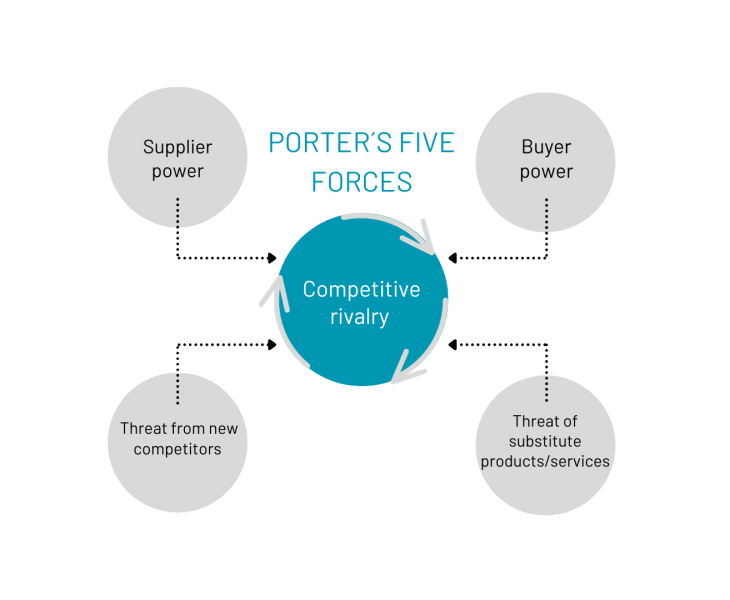
Assessment of the competitive situation
For example, if suppliers have a lot of power, they can increase prices or restrict deliveries. In this case, alternative suppliers could be sought or contract negotiations conducted in order to reduce dependence on a single supplier.
An interim manager can analyze the barriers to market entry and the potential threat posed by new competitors. If the threat is high, he can take measures to strengthen the company’s competitive position, e.g. through product innovations or marketing strategies.
Strategy development
An interim manager uses strategic approaches to strengthen the company’s competitive position.
The manager can check whether there are possible substitute products or services that could jeopardize the company. If this is the case, it can make suggestions for diversifying or improving existing offers.
The interim manager can analyze the competitive dynamics in the industry and develop strategies to strengthen competitiveness. This could include identifying niche markets, improving product quality or reducing costs.
Integration of Turtle Diagram and Porter's Five Forces
The key lies in the integration of these models. The interim manager can use the findings from the Five Forces analysis to identify specific areas in the Turtle Diagram that need to be improved. For example, if the threat from new competitors is high, this can lead to an increased focus on the efficiency and quality of internal processes in order to maintain a competitive advantage.
Overall, the clever combination of Porter’s Five Forces and the Turtle Diagram allows you not only to understand the competitive landscape, but also to take concrete action to optimize internal processes and ensure that the company remains flexible and resilient to change. By targeting the weak links in a process chain, improving them and continuously repeating this process, the interim manager enables a resilient process chain to be built up.
Conclusions
- The ability to adapt to external changes is crucial for the success of companies in a globalized world.
- Ongoing organizational development is proactive and aims to overcome challenges in the environment.
- The Turtle Diagram is used to optimize internal processes, create transparency and promote continuous improvement.
- Porter’s Five Forces helps to analyze the competitive landscape and develop strategic approaches.
- The integration of both models makes it possible to improve internal processes in a targeted manner in order to remain competitive in a constantly changing business world. The improvement is carried out continuously in an iterative process to address the weakest link in the chain.
If you have any suggestions or thoughts on this topic, please write to me.



